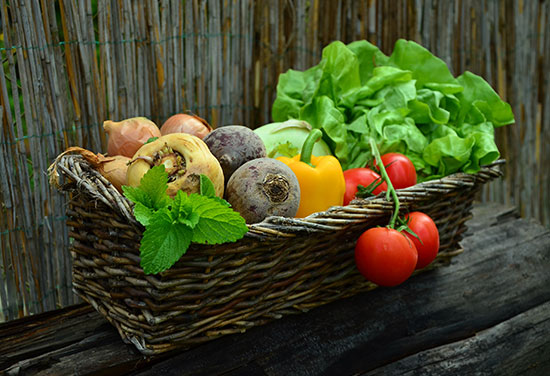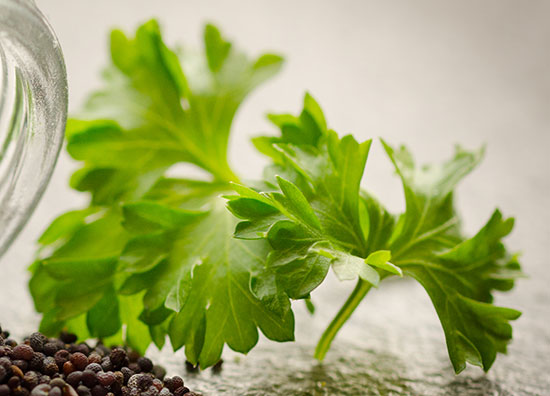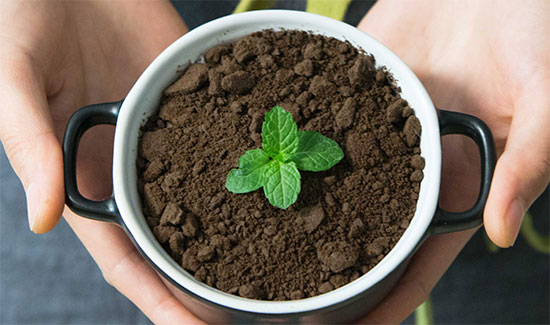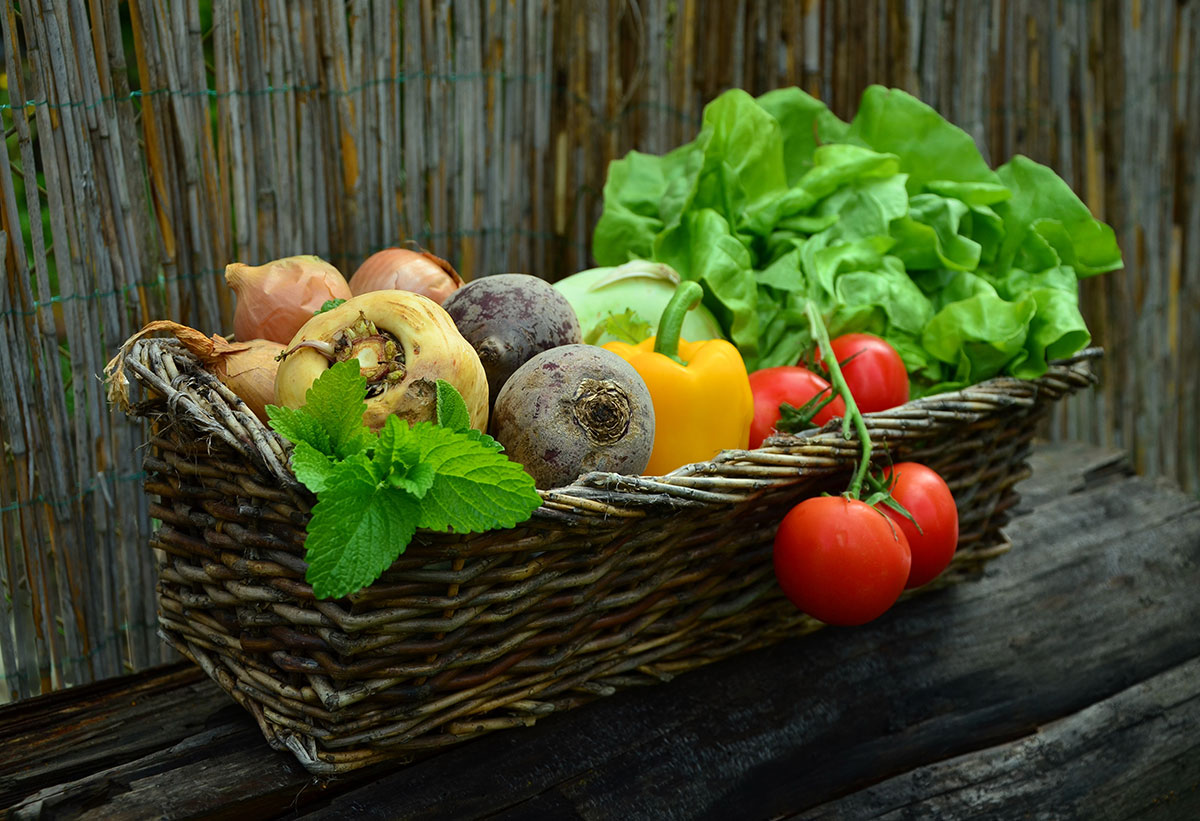People often make the mistake of thinking that to add a little more taste to their food they have to make it more unhealthy. For instance, you add salt to give it a little bite. Or, you add sugar to the sauce to make it a tad sweeter. Well, there are healthy ways to add taste to your food and still get a great healthy meal. Here are some of the best options.
Use Organic Vegetables

Most people agree that organic vegetables actually taste better and this means that they are the perfect way to add a little more taste to your sauces. Just think about how much better your tomato sauce would taste if you used tomatoes straight from your backyard! Or, how about buying some organic potatoes next time you want some vegetables with your roast dinner. You’ll be amazed by the difference this will make, and while it’s a tad more expensive, it’s definitely worth it.
Rub It In

If you want to add some taste to your meat, you might want to try using a meat rub. Top chefs have been using Diamond Dales World Famous Spice and Rub to make meat taste delicious. The best part is that products like this have no salt and are completely gluten free. So, it’s the perfect way to treat your taste buds without cheating when you’re on a diet.
A Little Lemon

How about adding a little lemon juice to your meal? This will give it a delightful, zesty taste that is just perfect for a salad or any dish where you want to be a little more adventurous with the taste. You can even use it to season your meat and lemon juice works particularly well over chicken. I’ve even used it to saute green beans!
Pass The Parsley?

How about something so simple that will add a lot of flavor to your meals? You can add parsley to anything from a delicious stew to some hardboiled eggs, and you’ll get an extra kick of flavor. If you want an extra tip, don’t mince it as most people tend to. Instead, leave it whole and that way you’ll get a more prominent taste when you give it a chew.
Minty Fresh

It’s not just great with ice cream. A minty taste can really make your spaghetti taste great because it’s so sweet and fresh. It can also enhance the flavor of chicken soup. There’s also the bonus benefit of making sure you get your daily vitamins. Mint is packed full of vitamin C, making it a wonderfully healthy addition to any meal. And did I mention you can grow it in your home? If you grow it on your kitchen, it will always be on hand when you want to add something new and exciting to your cooking.
Wine And Dine

Red wine is good for you so I don’t think it’s cheating to say that adding a splash of this to your meals could be considered healthy. It will also give certain meals gorgeous, rich flavors and I think you’ll love the taste it brings to your bolognese. But don’t take my word for it. Try it for yourself!
I hope you see now that adding a little more taste to a meal doesn’t have to result in an unhealthy dish.
[divider]
[one_third]  [/one_third]
[/one_third]
[two_third_last]
Take Charge of Your Health!
Changing your eating habits can be tough. But it doesn’t have to be if you take a little time to think it out and create a plan.
This Healthy Eating Worksheet will walk you through the process of creating a healthy eating plan. All you need to do is print it out, set aside some time to complete it, and then fill it out. Then you can create your plan, knowing that you have addressed potential obstacles and came up with some creative ways to handle them.




